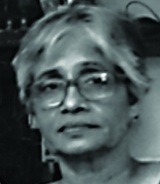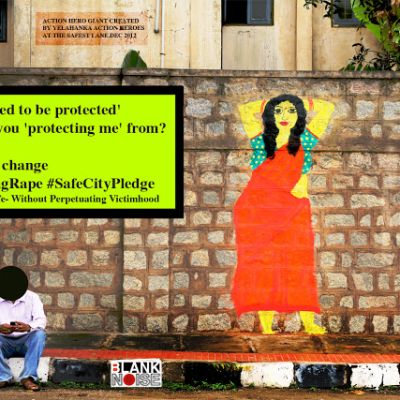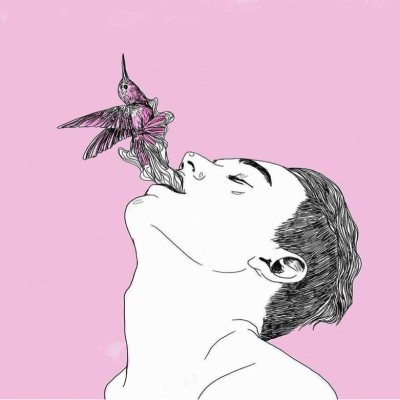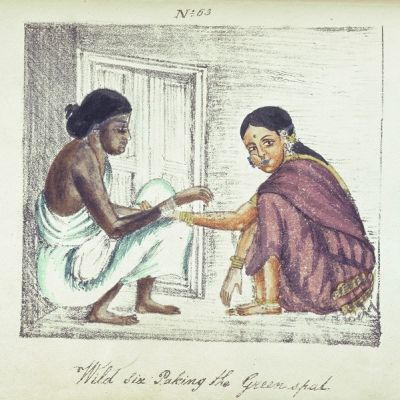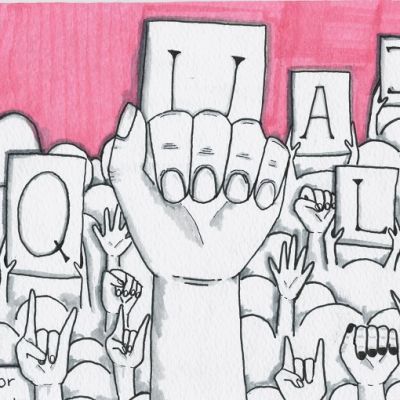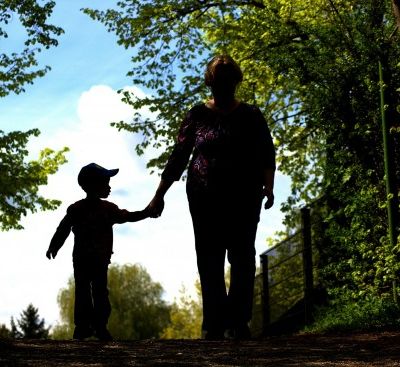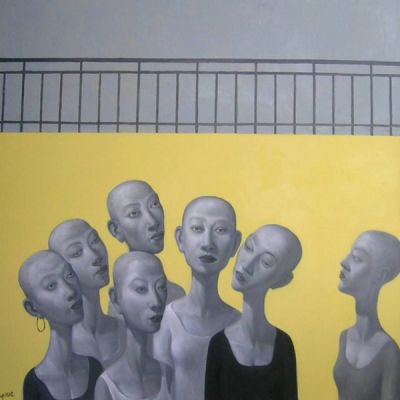people’s movements and sexuality
Just this morning, I got an alert on my phone from an app with a grey icon that brims with seriousness; in a no-nonsense way, it announced: PMS is coming up.
नोटिस: यह अंजोरा सारंगी के माया शर्मा के साथ साक्षात्कार का दूसरा भाग है, इस साक्षात्कार का पहला भाग यहाँ…
As someone who was surrounded by the sounds of music at home from my early childhood and with a parent who worked in rural education programmes, forming connections between art and (social) change wasn’t too difficult, albeit extremely challenging to explain to many other people who didn’t necessarily see the power that art has to deliver a message or be used as a tool for change.
For as long as we can conceive of the existence of human civilisation, we can expect there to have been people’s movements. The term ‘people’s movements’ itself refers to the inexorable nature of the human being: things always change; they fall apart and come together in dynamic fluidity, and this uncontainable, organic spirit of constant flux is some of the joy of living.
Vikalp aims to join people, form groups at the ground level. When people talk to one another, they will also learn from one another. It is then that advocacy and campaigning can make a real difference – when people from the local communities take up their own cause.
Maya Sharma is a feminist and activist who has been passionately involved in the Indian women’s movement. She has co-written Women’s Labour Rights, a book on single women’s lives. She is currently working with Vikalp Women’s Group, a grassroots organization in Baroda, Gujarat, that works with tribal women and transgender people.
TARSHI volunteer Anjora Sarangi interviews Maya about her experiences with and observations about various people’s movements in India.
Though lovers often live in their version of paradise cut off from the wider world, as far as Faiz is concerned, the world of suffering humanity intrudes. This world will intrude because at the end of the day romantic love is only one of the bonds which makes us human.
“Mamma, look, that’s a boy giraffe, I can see his penis,” exclaims my four-year-old daughter in delight at her discovery as we stand watching the stately animals at the fabulous Mysore Zoo. Far from cringing at the over-loud tones of my daughter, I beam at her, “That is clever of you.”
People’s movements and sexuality. There is dissonance in this. Hugging trees, protesting dams, Swadeshi and boycott, anti-apartheid, anti-psychiatry, anti-war, child rights, flags, banners and marches. What does hugging a tree have to do with sexuality? Women’s rights, gay pride, these movements are people’s movements quite regularly seen in the frame and context of sexuality. But the others?


